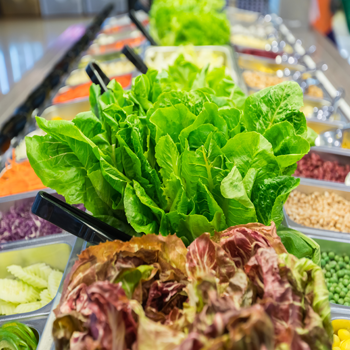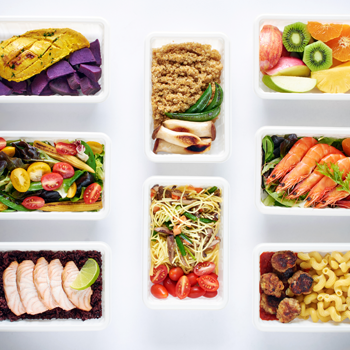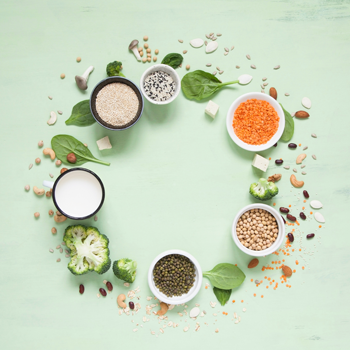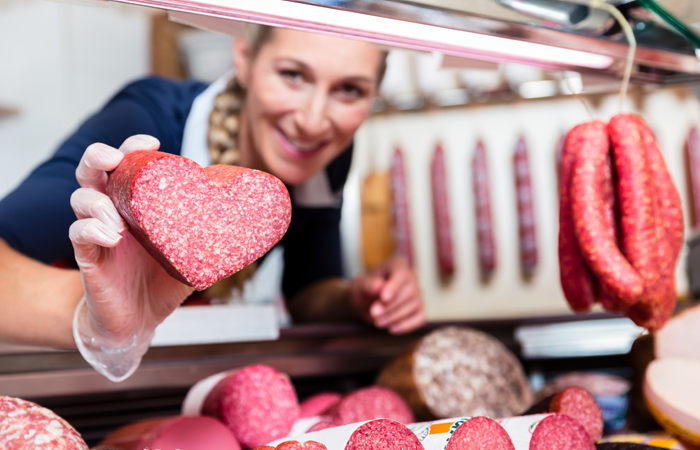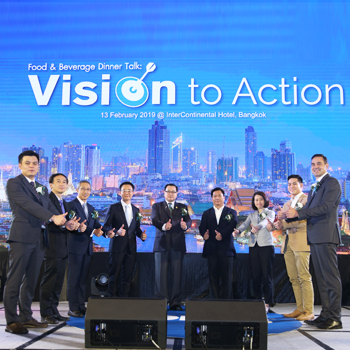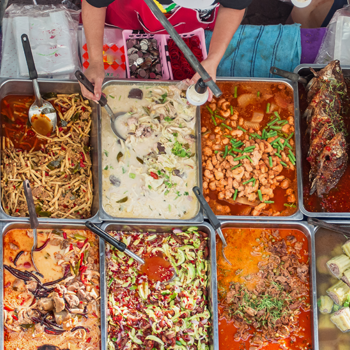ปัญหา “สีชมพูไม่พึงประสงค์” ในเนื้อไก่ปรุงสุก: สาเหตุและแนวทางป้องกัน
ผู้ช่วยศาสตราจารย์ ดร.กนิฐพร วังใน
Assistant Professor Kanithaporn Vangnai, Ph.D.
Department of Food Science and Technology
Faculty of Agro-Industry, Kasetsart University
kanithaporn.v@ku.th
การเกิดสีชมพูไม่พึงประสงค์ (Pink color defect) เป็นการเกิดสีชมพูที่ไม่ต้องการในกลุ่มผลิตภัณฑ์เนื้อสัตว์ปรุงสุกที่ไม่ได้มีการใช้เกลือไนไตรท์หรือเกลือไนเตรทเป็นส่วนประกอบ ปัญหาการเกิดสีชมพูไม่พึงประสงค์นี้เป็นปัญหาที่สำคัญที่พบในอุตสาหกรรมเนื้อสัตว์และสัตว์ปีกทั่วโลก ถึงแม้ว่าปัญหาดังกล่าวจะเกิดขึ้นเป็นครั้งคราว แต่ก่อให้เกิดผลกระทบต่อการยอมรับของผู้บริโภค โดยทำให้ผู้บริโภคเข้าใจผิดว่าผลิตภัณฑ์ยังปรุงสุกไม่เพียงพอ ทั้งที่ความจริงผู้ผลิตได้ปรุงสุกจนอุณหภูมิภายในผลิตภัณฑ์ถึงเกณฑ์ยอมรับด้านความปลอดภัยแล้ว จึงนำไปสู่การคืนสินค้าหรือการต้องลดราคาสินค้าของผู้ผลิตและผู้จำหน่ายสินค้า
เนื้อไก่ปรุงสุกมีโอกาสการเกิดสีชมพูไม่พึงประสงค์มากกว่าเนื้อหมูและเนื้อวัวที่ปรุงสุก เนื่องจากเนื้อไก่มีปริมาณไมโอโกลบินซึ่งเป็นสารรงควัตถุธรรมชาติในกล้ามเนื้อสัตว์น้อยกว่าในเนื้อหมูและเนื้อวัว ทำให้เมื่อผ่านการปรุงสุกเนื้อไก่จะมีสีน้ำตาลอ่อน ในขณะที่เนื้อหมูและเนื้อวัวเมื่อผ่านการปรุงสุกจะมีสีน้ำตาลที่เข้มกว่า ทำให้โอกาสการเห็นสีชมพูไม่พึงประสงค์ในเนื้อไก่ปรุงสุกจึงมีมากกว่า
Pink color defect is the presence of a pink or undercooked/unsafe appearance in fully cooked meat which did not added either nitrite or nitrate even though the proper end-temperatures have reach to ensure the food safety. This problem leads to a direct economic concern on meat industry because of consumer rejection by thinking that the product is not fully cooked. This problem is a major concern in meat industry and could be found in a wide variety of meat products. Although, this problem is not a food safety issue, it raises a quality issue as well as an economic concern to the meat industry.
Due to the small amount of myoglobin (natural pigment in meat) in chicken, therefore chicken meat would appear as light brown color after cooking which give higher chance to notice the pink color defect when compared with other types of meat.

